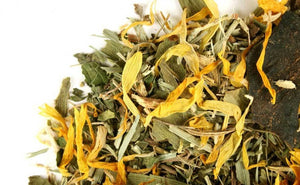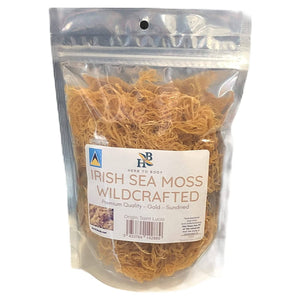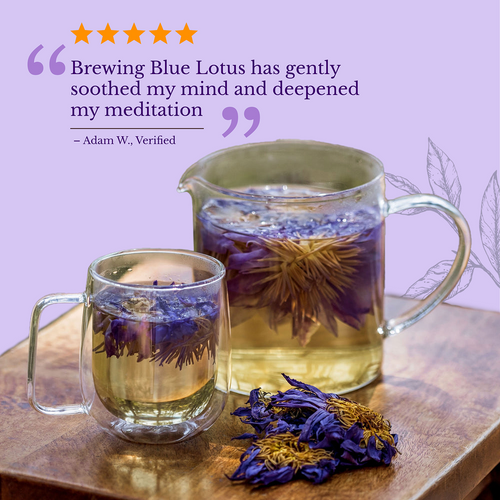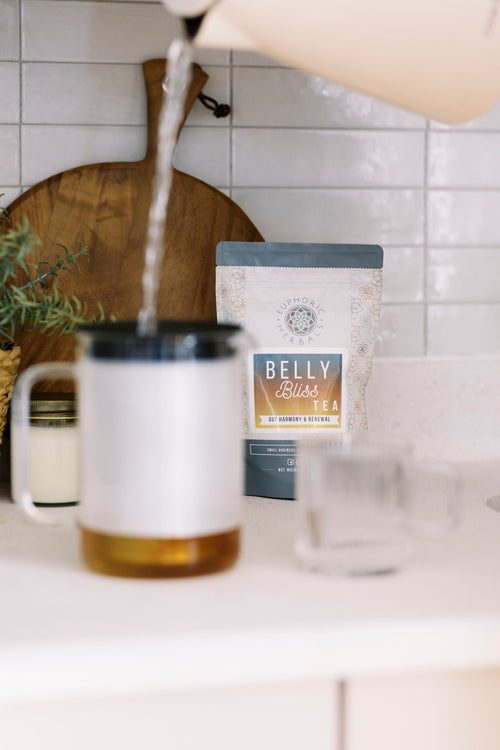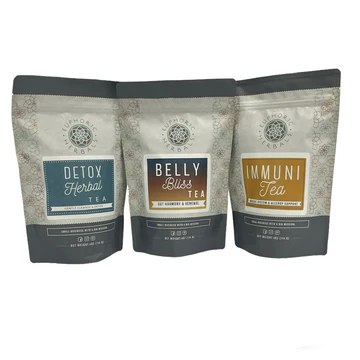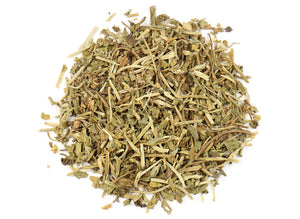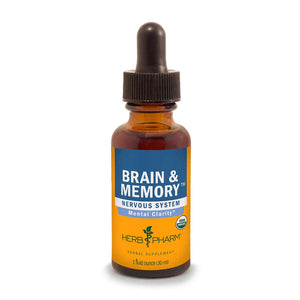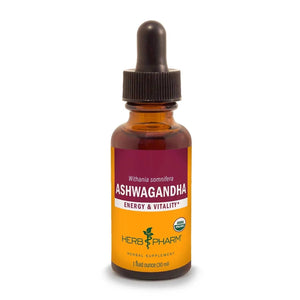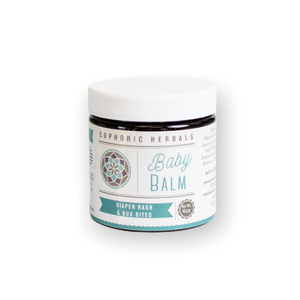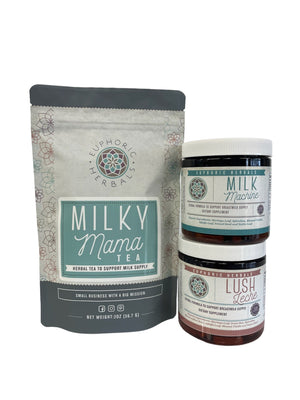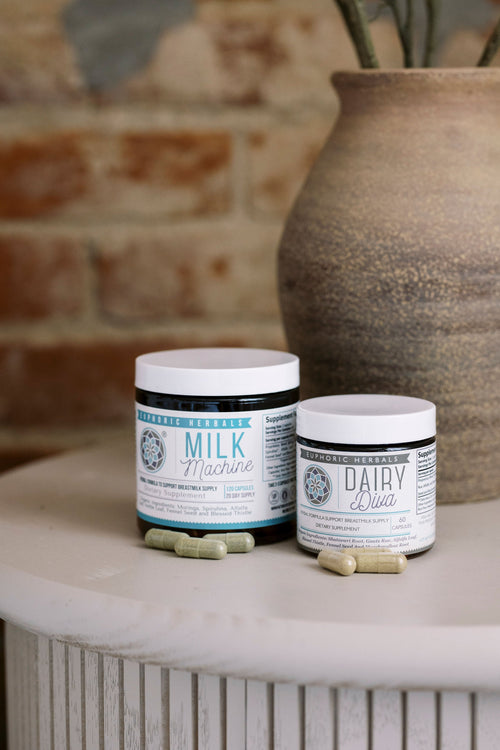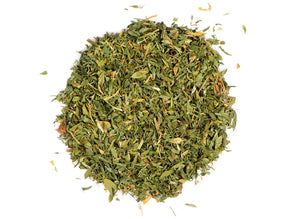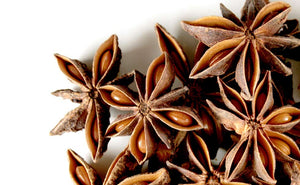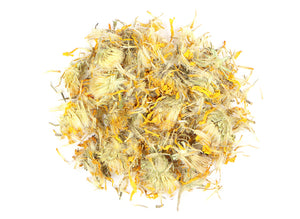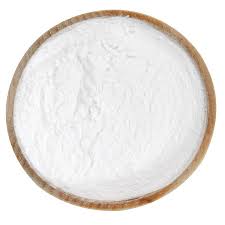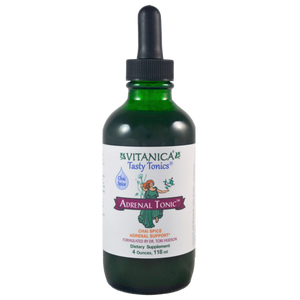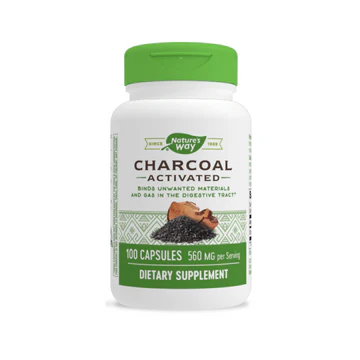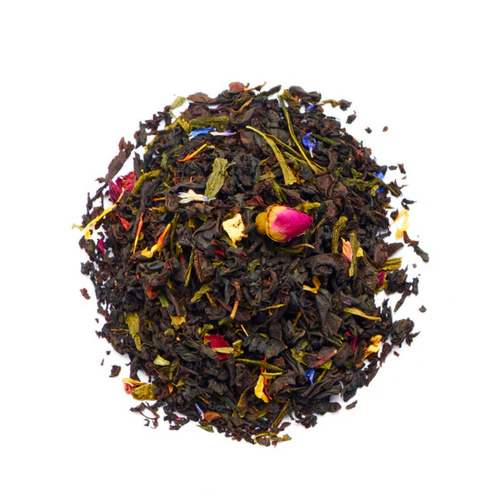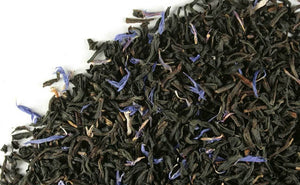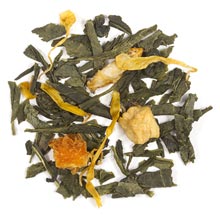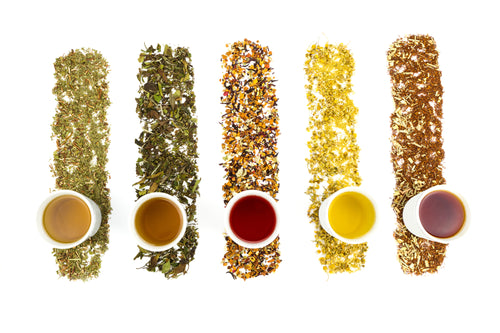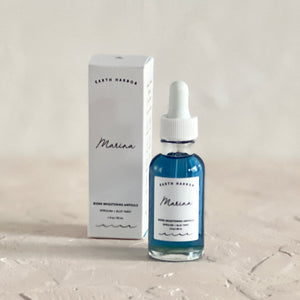What Is Diatomaceous Earth?
Diatomaceous earth is a fascinating and completely natural substance that has many uses around the home, including for health, as well as out in the garden.
If you've never seen it before, diatomaceous earth (often shortened to DE) looks like a fine, white powder. It has been used for decades in a variety of industrial applications, but has really come into its own lately as a must-have product for natural living.
Here's a closer look at why so many people love DE and the many ways you can use it.
Diatomaceous earth is made out of the shells or fossils of single cell aquatic organisms known as diatoms. Technically, it's composed of the cell walls of millions of these microscopic organisms.
DE is "harvested" from the sea where it naturally accumulates over time. When dried out, it crumbles to a fine powder that is odorless and resembles talc.
The main reason there are so many uses for diatomaceous earth comes down to what it's made of: silica.
Silica is a mineral also found in rock, sand, and clay and is what the diatoms that make up DE are primarily composed of. As a result, diatomaceous earth can be made of up to 80-90% silica along with other trace minerals.
Silica is an important mineral for human health. It's needed for healthy bones, hair, ligaments, teeth, and nails and also helps carry calcium to where it's needed in your body. (1)

When it comes to buying DE for at home use, there are two main grades of it:
- Food Grade- Contains 0.5–2% of crystalline silica and is approved for human use, including internal consumption.
- Filter Grade (also called Non-Food Grade)- Contains 60% or more of crystalline silica and is toxic to mammals when ingested. Often used in industrial applications like water filtration.
As you can see, you only want to use the food grade type on yourself and in your home. You can find it in many health stores (online, too). Just make sure it's labeled as okay for internal use.
What are the Benefits Diatomaceous Earth? What are the uses of Diatomaceous Earth?
Helps Detoxify Your Body
One of the most common uses of diatomaceous earth for health is detoxification. It can help to carry toxins out of your body, aid digestion, and even curb gas and odors.
DE is thought to work because it has a negative electrical charge that allows it to bind to positively charged toxins (and possibly some bacteria and viruses as well). Because DE isn't digested, it carries these toxins along with it on its way out.
One study also found that certain types of silica can carry heavy metals out of the body, which may give diatomaceous earth even more benefits for detox. (2)
Use It: Take about 1 teaspoon of DE in a glass of water. You can work up to about 2-3 teaspoons per day, split into two doses. Be sure to drink plenty of water throughout the day. It's usually recommended that DE be taken in a rotation of something like 10 days on and 10 days off, rather than constantly for long periods of time.
May Be Good for a Parasite Cleanse
Along with toxins and other pathogens, diatomaceous earth may also help your body get rid of parasites.
A study from 2011 examined the effects of adding DE to the diet of hens with low resistance to parasitic worms. The results were that the hens fed DE had significantly fewer parasites and infections and were much healthier overall. (3)
Keep in mind that the effects of diatomaceous earth on parasites in humans haven't been studied yet. It may or may not have as great an effect, but there's certainly no harm in adding it to a parasite cleanse regimen.
Additive for Livestock Feed

Because it can help against parasites (and other pests) diatomaceous earth can be used as a "supplement" for livestock feed, particularly for chickens. Some animals owners have used in on their goats for lice and in their pigs as a dewormer.
Use It: If you have livestock and want to try DE, check into the appropriate ratio for your animals and how to use it safely (you don't want to sprinkle it around when they could breathe it in).
Keep Garden Pests in Check
Another outdoor use for diatomaceous earth is to get rid of pesky garden insects like slugs, beetles, and other pests. It works by essentially cutting into the outer, protective layer of the insects, which causes them to dry out and die.
Use It: You can sprinkle it directly on the ground around plants that slugs like to eat or lightly dust the leaves of plants that are being affected by pest damage. Keep in mind that you'll need to reapply anytime it rains.
A Word of Caution: While DE is perfectly safe for humans (including children), pets, and the environment, it has the same effect on any insect with an exoskeleton. This means bees and other beneficials can be harmed by it, so use carefully and do not apply to the leaves of plants with flowers that bees might be attracted to.
Potting Soil Addition
Another benefit of diatomaceous earth in the garden is as an addition to potting soil. It is lightweight and porous, which means it can lighten up heavy mixes and improve aeration and drainage. You can use it as part of a homemade mix, or add a little to store-bought soil if you have plants that need better drainage.
Tackle Indoor Pests
Diatomaceous earth can also be used for indoor invaders like cockroaches, ants, fleas, and ticks. It takes care of these pests the same way it does garden ones and can be applied to specific areas (like doorways) where these insects are most likely to be found.
Use It: Apply DE to desired areas with a duster, sock, or similar applicator. Use just a fine layer of the powder, and do it when pets, children, etc. aren't around. Make sure the area you dust is completely dry. Vacuum and reapply as needed.
Natural Deodorizer (and Deodorant Ingredient)

Similar to baking soda, diatomaceous earth naturally eliminates odors and can deodorize a small space. You can simply set a small, open container of it in your fridge, bathroom, etc. or sprinkle a small amount in the bottom of trash cans.
Use It: For an armpit deodorizer that's easier on sensitive skin, substitute DE for baking soda in any DIY deodorant recipe.
DIY Toothpaste Ingredient
Diatomaceous earth is a gentle abrasive and exfoliator. When used on your teeth, DE can help to polish them and remove stains. It may also help get rid of oral toxins and breath odors.
Use It: Add just a sprinkle of DE to your regular toothpaste or a homemade version right before you brush. Because it is mildly abrasive, you probably don't want to add it everyday. Occasional use is more than enough.
Face Exfoliator
Another use for the exfoliating power of diatomaceous earth is in a face scrub or mask. It's a fairly gentle exfoliator because the powder is very fine, but you still probably don't want to use it everyday, since over exfoliation can irritate skin.
Use It: Mix DE with enough warm water, honey, aloe gel, or oil (if you prefer the oil cleansing method) to make a paste. Rub it gently into your skin and either let it sit as a mask or wash it off with warm water.
Scrub Out Stains
The absorbent nature of diatomaceous earth makes it useful for soaking up an oil stain or a spill. Its gently abrasive nature also makes it a good addition to a scouring powder or to add extra power to a cleaning solution.
Use It: Simply sprinkle it over oil stains or spills to help soak up the oil. You may also want to pair it with other DIY stain removers like vinegar and baking soda.
Water Purifier
Because it can help kill viruses and binds to toxins, there are many uses of diatomaceous earth for water filtration. In fact, it's already present in certain water filters and could be especially effective against tap water contaminated with heavy metals and viruses. (4)
Use It: You probably don't want to use DE to try and filter water yourself, but you can look for a commercial water filter that contains it.
Take Care of Pets
Diatomaceous earth can be helpful if you have pets and want natural ways to take care of them. Many pet owners have reported good success using it as part of a natural tick and flea powder and/or using it on bedding to keep fleas away. It can also be used in small amounts as a supplement for a gentle detox.
A Word of Caution: Apply DE very carefully and lightly to or around your pets, since it can be harmful for them to breathe it in. Always consult your veterinarian before adding new supplements to your pet's diet.
What are the side effects of Diatomaceous Earth?
While there are many benefits of diatomaceous earth, there are a few precautions to keep in mind when using it.
First, always make sure you are using food grade DE internally and around your home and pets.
Besides that, the biggest danger is breathing in large amounts of the powder, which can cause throat and lung irritation. Use a mask when applying large amounts in your home or garden and be careful with applying it when pets and children are around.
As mentioned, diatomaceous earth can also harm beneficial insects, so apply with care.
Rarely, skin irritation can occur with DE, and you should discontinue use if this happens.
Have You Tried Diatomaceous Earth?
Diatomaceous earth looks like an ordinary white powder, but it has many uses around the house and outdoors. It makes a great DIY ingredient to have on hand, and you don't have to worry about it being toxic.
Try using it for your home, garden, and health, and you might find yourself not wanting to be without it!
Disclaimer: This post is for informational purposes only. It does not constitute medical advice and should not be substituted for medical advice. Please consult your health care provider, herbalist, midwife, or naturopathic physician before taking herbs, supplements, etc. Here's the link to our full disclaimer.






